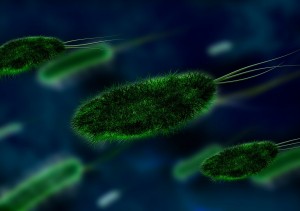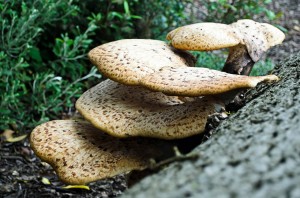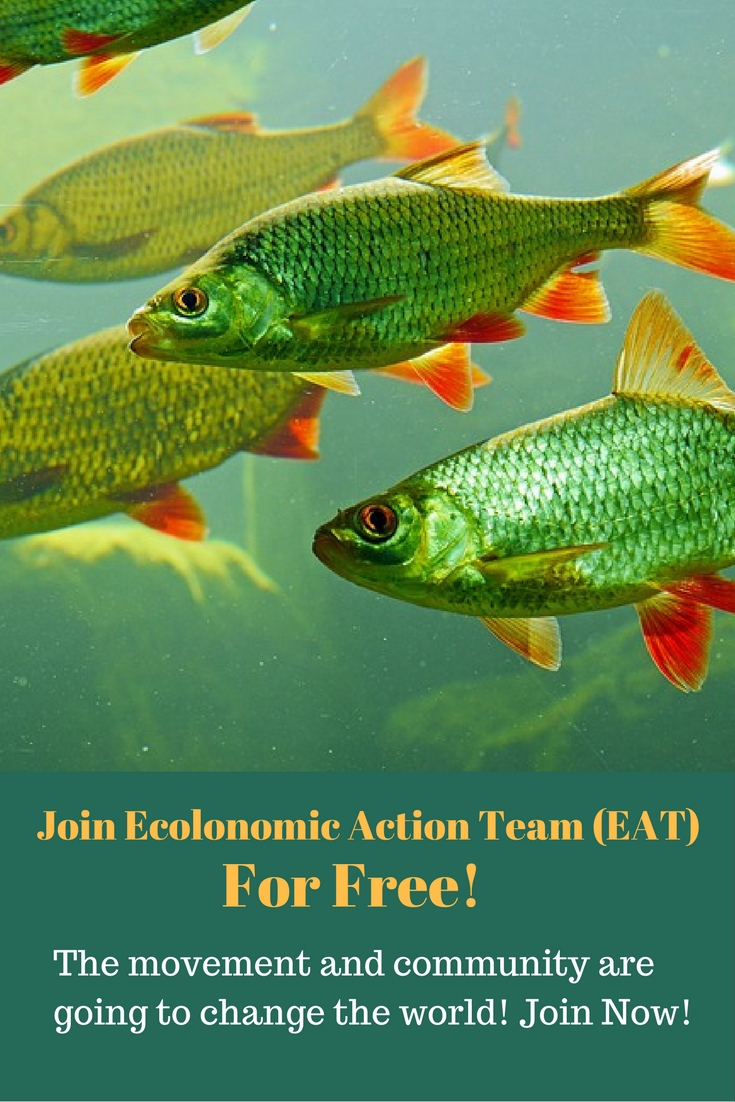Probiotics are widely used today in aquaculture. What are they? How do you obtain them? Do they really work? This article will discuss several aspects of probiotic use in aquaculture.
We usually think of germs as something that causes disease. However, germs can be both, good and bad. Probiotics are the good guys. They are living microbes or germs that benefit aquaculture in many different ways.
Probiotics are widely used in aquaculture to control bacterial infections, and improve water quality. Evidence also shows that probiotics can improve digestive system functions, encourage reproduction, and increase tolerance to stress.
Currently there are several commercially produced probiotics available, made from several different species of beneficial bacteria, that do not cost much.
Benefits of Probiotics
Probiotic use in shrimp farms, or even in other types of aquaculture, is gaining popularity because they have been proven to be beneficial for aquaculture fish. Use of antibiotics, antimicrobial drugs, pesticides and disinfectants in aquaculture has made germs evolve and become stronger and resistant. Antibiotics and pesticides have also killed some of the naturally occurring beneficial bacteria in the fish culture, and so there is an increasing need for probiotics in environmentally friendly, sustainable aquaculture.
Probiotics for gut health
They have been proven beneficial in disease prevention by modifying the microbial community in host body. These microbes help in establishing a healthy gut, improving digestion, and ensuring efficient use of feed.
Probiotics for intestinal health
To maintain proper intestinal health, it’s critical to manage intestinal microflora for the growth and health of the animal, since the microflora has impacts on:
- nutrition
- prevention of pathogenic infections
- integrity and function of digestive organs
- development of the immune system
Probiotics are also known to fight colonization of other microbes that tries to inhabit the same area and thus reduces the chances of being attacked by other germs. They also enhance immune system and fights diseases naturally.
(Source: Probiotics In Aquaculture: Do They Work? – The Fish Site)
Safety Regulations
As with any supplement, safety procedures and recommended dosage must be followed. Also be cautious while selecting your products, in application, and storage. If you follow all instructions by the producers, you should be able to add these probiotics easily to the feed of your fish or to your aquaponic systems. In addition take extra care to make sure that the probiotics have adequate conditions for growth and their ability to colonize the gut of the aquatic animals.
I hope this article was helpful for you. Want to unleash the entrepreneur in you? We show you how. Click here to download our FREE eBook!
To learn more about fish farming or to get a hold of us call: 303-495-3705 or click here to book a meeting. We’d love to hear from you so, please add your comments below or visit our Facebook page.
Source: WorldWide Aquaculture
Related articles and resources:
- Freshwater Shrimp Farming- Managing Water Quality & Disease | WorldWide Aquaculture
- Freshwater Shrimp Farming – How to Start Your Own Shrimp Farm | WorldWide Aquaculture
- Use of Probiotics in Aquaculture
- Probiotic toxin fights coldwater disease in rainbow trout – WSU News Washington State University
- Probiotics in aquaculture
- Probiotics In Aquaculture: Do They Work? – The Fish Site
- What Are Probiotics? Benefits, Supplements, Foods, & More
- Costs of Probiotics in Shrimp Farming – KeetonAqua



